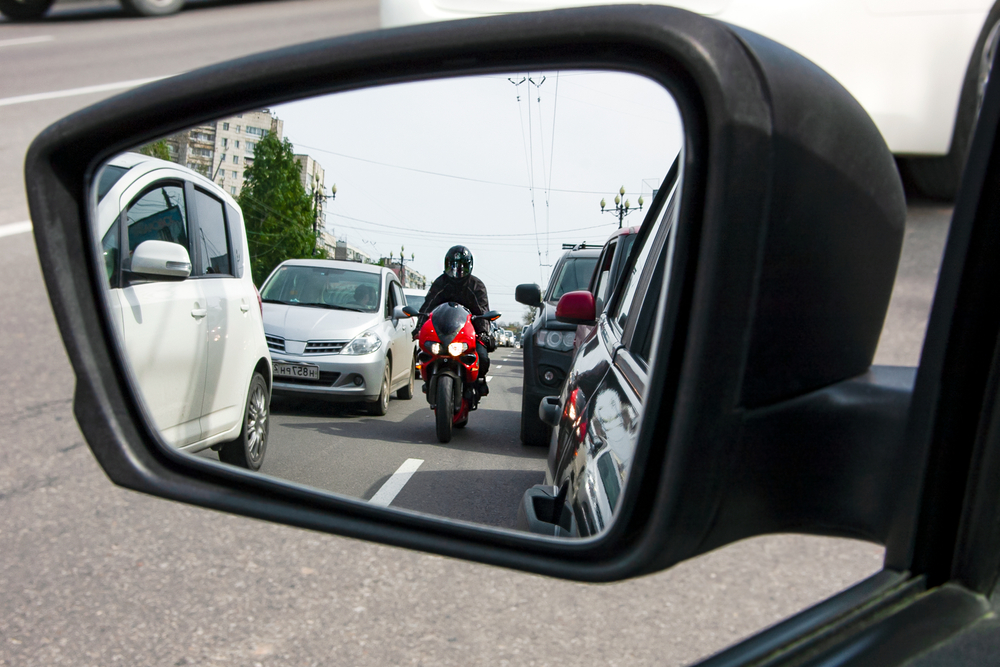Motorcycling offers a thrilling sense of freedom and adventure on the open road.
With its vast landscapes and scenic routes, Texas is a popular destination for motorcycle enthusiasts. However, like any other state, Texas has specific laws and regulations governing the operation of motorcycles.
Understanding these laws is crucial to ensure a safe and enjoyable riding experience. Houston can be a dangerous place to ride.
This blog post will explore fundamental Texas motorcycle laws that every rider should know.

Texas Motorcycle License Requirements
Before hitting the road, riders in Texas must obtain a Class M motorcycle license or add a motorcycle endorsement to their existing driver’s license.
To get a Class M license, individuals must pass a written exam, a vision test, and a motorcycle skills exam.
Alternatively, riders with a valid driver’s license can add a motorcycle endorsement by passing the written exam and motorcycle skills test.
Helmet Requirments in Texas
In Texas, wearing a helmet is mandatory for all riders under 21. However, riders over 21 who have completed a motorcycle safety course or possess an appropriate health insurance plan can choose to avoid wearing helmets.
Regardless of age or legal requirements, it is highly recommended to always wear a helmet for maximum safety.
Eye Protection
Texas law mandates that all motorcycle riders wear eye protection, which can include safety glasses, goggles, or a face shield.
Eye protection safeguards riders from debris and wind and enhances visibility, reducing the risk of accidents.
Lane Splitting and Filtering in Texas

Lane splitting, which involves riding between two lanes of traffic, is illegal in Texas. However, state law does not explicitly address lane filtering, where motorcycles move to the front of stopped traffic at traffic lights.
Riders should exercise caution and ensure they do not impede or endanger other road users while filtering.
Passenger and Seat Requirements on Motorcycles
Motorcycles in Texas are designed to carry a specific number of passengers based on the available seating.
A motorcycle with a regular seat can take only one passenger. In contrast, motorcycles with a permanent sidecar or attached passenger seat can accommodate additional passengers.
It is crucial to adhere to these regulations to ensure the safety and stability of the motorcycle.
Headlights
Texas law requires motorcycles to have their headlights turned on at all times while in operation.
Headlights enhance visibility, especially during adverse weather conditions or low-light situations, reducing the chances of accidents caused by a lack of visibility.
Exhaust Noise Restrictions
Motorcycles in Texas must comply with noise regulations. The exhaust system should be equipped with a muffler and meet state-approved noise limits.
Excessively loud exhaust systems can result in citations and fines.
Insurance Requirements For Motorcycles in Texas
Texas law mandates that all motorcycle riders carry liability insurance coverage. The minimum liability coverage must meet the state’s requirements, which include a minimum of $30,000 for bodily injury per person, $60,000 for bodily injury per motorcycle accident, and $25,000 for property damage.
As motorcycle enthusiasts, riders in Texas must familiarize themselves with the state’s motorcycle laws.
By following these laws, riders can help stay safe.
Always remember to wear protective gear, follow traffic rules, and stay informed about any updates or changes in Texas motorcycle laws. Happy riding!
Compensation Available for Motorcycle Accidents in Texas
Economic Damages
- Medical bills for your treatment for injuries caused by the crash, including past and future anticipated medical expenses.
- Lost Wages or reduced earning capacity for time or work missed while recovering from your injuries.
- Costs to repair or replace your bike.
Noneconomic (Human) Damages
- Pain and suffering
- Mental anguish or emotional trauma
- Disfigurement
- Disability
To help maximize your damages, contact the best motorcycle accident lawyer near me for help.
Contact Baumgartner Law Firm for Help with a Motorcycle Crash
If you have been hurt in a motorcycle crash, contact Baumgartner Law Firm for help. A preeminent-rated Houston motorcycle accident attorney will gladly provide a free consultation.
6711 Cypress Creek Pkwy, Houston, TX, 77069
(281) 587-1111
Areas We Serve
Atascocita Personal Injury Lawyer
Kingwood Personal Injury Lawyer
Tomball Personal Injury Lawyer
Cypress Personal Injury Lawyer
Motorcycle Accident Resources
How Much Does it Cost to Hire a Motorcycle Accident Attorney?
How Settlement Money is Divided in a Motorcycle Accident Case
How Much is a Good Settlement for a Motorcycle Accident in Houston?
Motorcycle Awareness Month in Texas
What is the Average Motorcycle Injury Settlement?
What To Do After a Motorcycle Accident?
8 Essential Factors to Consider When Hiring a Motorcycle Accident Lawyer in Houston
Motorcycle Passenger Rights After an Accident in Texas
8 Factors to Consider When Hiring a Motorcycle Accident Attorney in Houston
